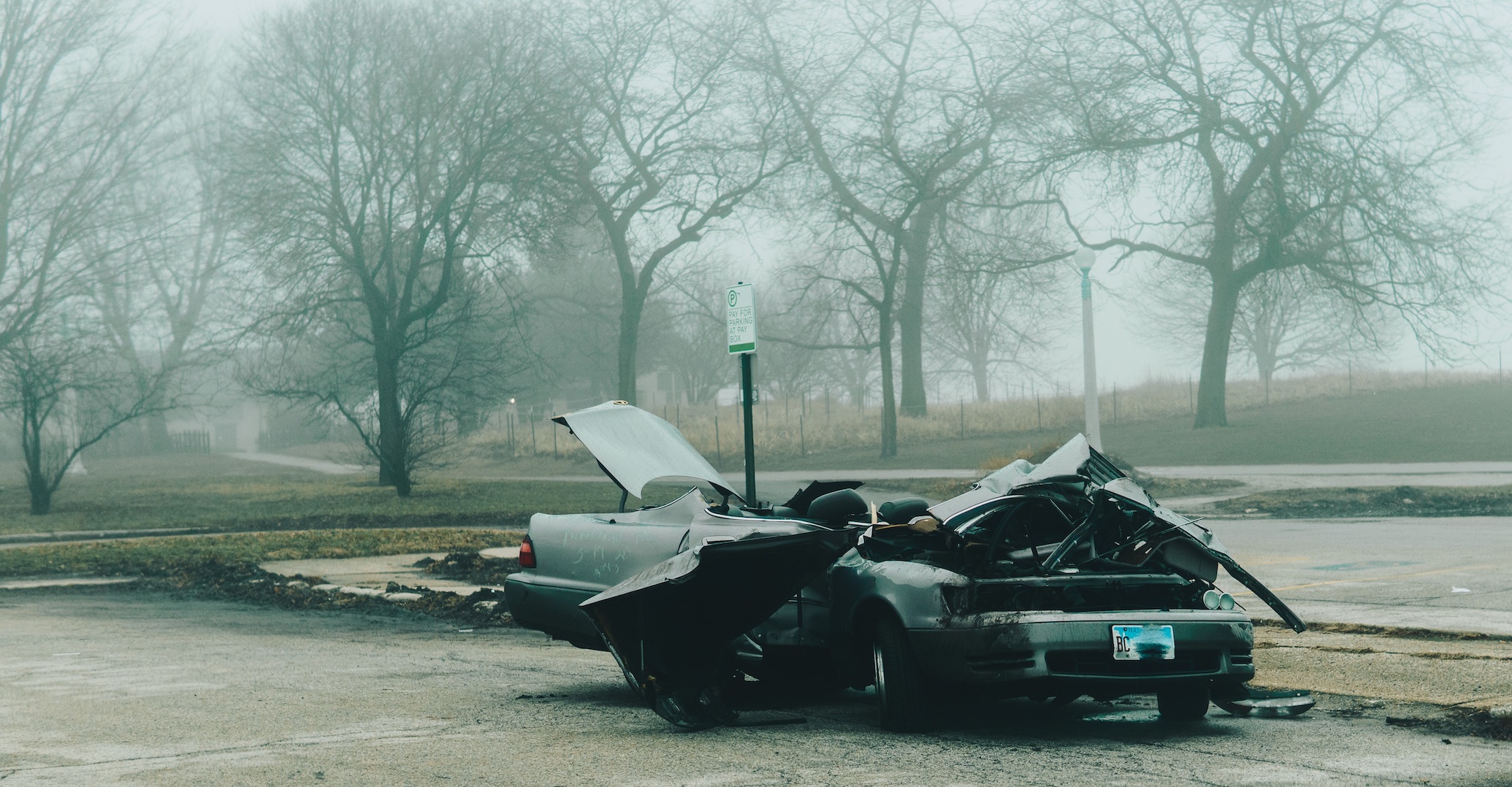The Red State Blue State divide continues from when in 2017, I last called attention to the problem that Red States care less.
In a paper just published, I was privileged to share with the trauma community data on trends in vehicle fatality data “Taken” and “Not Taken” to any medical facility for timely and optimal care for injured patients.1
After four decades of work on automatic crash protection and URGENCY software to improve care for people suffering vehicle injuries, American lives continue to be lost in massively tragic numbers.2
How Many Americans Died 1982 – 2019 with & without Hospital Care?
NHTSA has statistical records from 1982 – 2019. The NHTSA count for that time period shows 755,217 Americans died without transport to any medical facility for any level of emergency care. That is about 49% of all crash fatalities over the period.
The NHTSA count for the same period shows 769,123 Americans died after transport to some sort of medical facility for some level of emergency care. That amounted to about 50% of all crash fatalities over the period.3
How Many Americans Died in 2019 without Hospital Care?
In 2019, NHTSA data show that 20,119 Americans died of crash injuries without even being transported to any medical facility for treatment. That was about 55 people dying each day on average without hospital care. The percent “Not Taken” amounted to 56% of all crash fatalities that year.
In 2019, rollover crash deaths “Not Taken” amounted to 4,897 lives lost and the rate was 70% of the rollover crash deaths. This was up from the average of 61% over the period 1982 – 2019.
In 2019, another 15,820 Americans died of crash injuries after transport to a medical facility for some level of care. Note these fatalities were not necessarily taken in a timely manner to a trauma center capable of providing an optimal level of emergency medical care. That was about 43 people dying each day on average. And they amounted to 44% of all crash fatalities that year as recorded by NHTSA.
Where Americans Died in 2019 without Hospital Care
In 2019, a ranking of States by vehicular fatality rates shows that nationally the average fatality rate was 11 deaths per hundred thousand population with 56% “Not Taken” to any hospital for care.
In 2019, a ranking of States by vehicular fatality rates shows that Red States were generally worse than Blue States. Red State Wyoming was worst with a fatality rate of 25.4 fatalities per hundred thousand population. Wyoming suffered 147 deaths and 69% were “Not Taken” to any hospital for care.
Blue State New York was the best State with a fatality rate of 4.79 fatalities per hundred thousand population. NY State had 35% that were “Not Taken” to any hospital for care.4

The Red State Blue State divide continues from when in 2017, I last called attention to the problem that Red States care less.5
Vehicle fatality rates in 2019, finds of the 25 best States and territories, 21 are Blue.
Among the worst 27 States, there were 21 Red States.
DOT Values for a Statistical Life is about $10 Million6
DOT attributes dollars to the value of a statistical life. And for the year 2019, the number of crash victims who lost their lives amounts to about $360 Billion.
NHTSA Early Estimates for 2020 were 38,680 fatalities.7
And for 2021, NHTSA Early Estimates for the first quarter show 8,730 fatalities, an increase of 10.5%.
Thus, this year we can expect the value of American lives lost since January 2019 to exceed $1 Trillion.
And $1 Trillion does not include any dollars for more than a million seriously injured survivors since January 1, 2019.
When will we care more for saving American lives at the Federal, State, and local levels of government?
The Chill of Death
One day in the year 2003, I had edited a NHTSA CIREN Report and had the duty of meeting with the heads of each CIREN Center and to distribute 10 copies to each of the 10 Center Directors.8
Before the meeting, I was alone in the NHTSA conference room and when the first Center Director arrived from Michigan, I handed him his copies.
Thinking he would be pleased, I said “Wouldn’t it be great if each State had a CIREN Center at a Level 1 Trauma Center teaching hospital with engineers and surgeons investigating crashes, injuries, treatments, and outcomes in a continuous improvement program to advance safety?”
His answer still shocks me to this day. Emphatically he said: “I don’t want that!”
The hair on the back of my neck felt the chill of death.
That was the last CIREN Report on the whole Program that I was allowed to produce.
NHTSA has become an increasingly captive agency.9
The latest NHTSA Revolving Door scandal is the former NHTSA Administrator being hired by GM.10
And so here we have more evidence that for corporations it is indeed “cheaper if they die”.11
References (Live Links to Documents):
- Vehicle-related crash deaths: A continuing challenge
- URGENCY
- PERSONS KILLED IN MOTOR VEHICLE TRAFFIC CRASHES BY STATE, ROLLOVER, HOSPITAL TRANSPORTATION, AND YEAR FATALITY ANALYSIS REPORTING SYSTEM (FARS) 1982-2018 FINAL & 2019 ARF
- 2019 Ranking of States by Crash Fatality Rates
- Republican Red States Care Less about People’s Safety
- Departmental Guidance on Valuation of a Statistical Life in Economic Analysis
- Early Estimate of Motor Vehicle Traffic Fatalities for the First Quarter of 2021
- CIREN: Crash Injury Research and Engineering Network
- GM Engineers – One Now a NHTSA Executive – Were Told in July 2004
- GM hires former chief of NHTSA to run its regulatory affairs
- Rollover Crashes: Cheaper If They Die


Join the conversation!